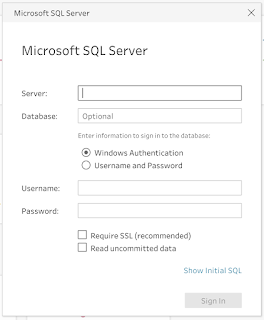How to...Join Datasets together

Whether your data comes from Files, Databases or both, mastering Joins will be a key skill to learn. Joins are required as most software requires one large table of data to reference when conducting analysis. As data will come from a lot of different sources, being able to combine these is key. Data sources are joined together to allow the user to take columns from each data source and use them alongside each other in the output. For this post, the examples will use the 2019 Week 29 inputs except the initial Join Condition example. Join Logic and Terminology The majority of data software uses similar logic and terminology when joining datasets together. Prep is no different but some of the functionality when joining datasets together is a lot more user friendly than other tools. Here are two tables that we might want to join together for analytical purposes. If we have price, but we don't know how many we have sold, we can't be sure of revenue. Therefore, thes...





